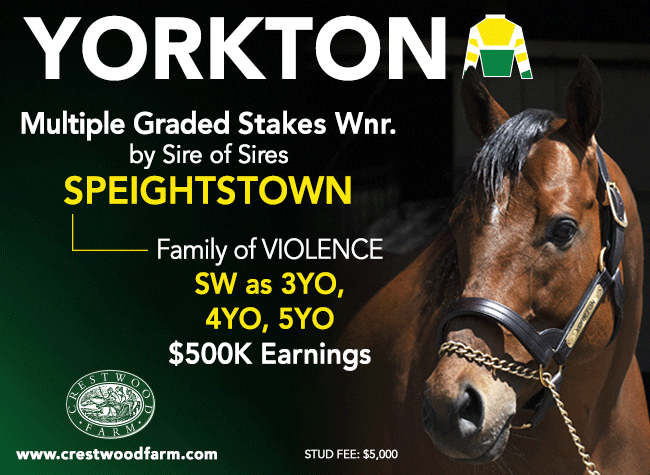ARGENTINA, ALMOST 5 MONTHS WITHOUT RACING AND THAT IS NOT THE ONLY PROBLEM TO SOLVE
Being almost five months without racing is a fact sufficiently relevant to explain the financial crisis faced by the Argentine racing community. However, that alone does not fully explain the risks that all stakeholders are facing in the months ahead. As we explained in the past in this newsletter, the purse structure of Argentine racing is substantially made by the contributions coming from proceeds from slots. At Palermo Racetrack, located in the city of Buenos Aires, the slots are part of the operation of the racetrack. At San Isidro and La Plata, however, the slots are located in “bingo halls” located around the province of Buenos Aires and the two racetracks get a slice of them. All slots, no matter where they are, have been closed since mid-March and that may not change dramatically until there is a way to allow their safe operation, partially or totally, in line with health protocols, which may take time to be tested, approved and at full operation.
Therefore, even when the time comes for the racetracks to re-open without people attending, the purse structure will be materially lower than it was before the pandemic, unless the government provides some financing to cover the gap, a possibility with not much chance due to the severe financial restrictions created by the long lockdown of economic activities. To make things even worse, when the time comes for the racetracks to open, gambling will occur through phone betting only, since online gambling is still prohibited and the regulations to permit them and its implementation may be additional months ahead.
The funding of the purse structure from the proceeds of slot machines for approximately 15 years has made racing almost completely dependent on decisions made by outsiders to racing, both in the private and public sector, and there is a sense of urgency to find within racing permanent sources of income.
Argentine racing produces approximately 7,000 foals per year and it has had daily racing programs with full cards for a long time. San Isidro and Palermo racetracks host jointly not less than 3,500 horses in training all year round and La Plata adds not less than 1,000. Owners and trainers are making enormous efforts to keep horses around until the reopening occurs, but a large number of them are moving horses back to farms and other facilities away from the racetracks to cope with the mounting expenses that are not being matched by any income. Prices at the auctions are showing that the expectations of sellers and buyers is that 2020 and probably 2021 will be years that will result in heavy losses that not all will be able to swallow.
There has been no event in the past that has put Argentine racing in a similar situation. And unless positive news come soon there will be chances that the industry as a whole will have to make major and painful adjustments to survive and eventually be restarted under sound new rules. We all hope for the best, but challenges lie ahead. If we can swim these stormy waters Argentine racing may get back to its best traditions and make a future on its own.
Not a subscriber? Click here to sign up for the daily PDF or alerts.






